|
This last Saturday we began prepping our soil for our fall garden. It's important to protect and prep the soil in the peak heat of summer. You want to have a healthy soil web and the easiest thing you can do is just cover the soil with cardboard. You can also plant cover-crops, especially this year with August rain in the forecast.
At the teaching gardens we used the lasagna technique in one bed that grew our spring Milpa (Three Sisters). Since corn is a scavenger and absorbs a lot of nutrients, we revitalized the soil by following these steps. 1. Chop and drop nitrogen rich, green compost (cover crops, fresh compost, coffee grinds from the kitchen). 2. Sprinkle in a fertilizer such as Microlife Ultimate 8-4-6 3. Crumble up recycled oyster mushroom blocks to add organic material and spores that will breakdown wood and touch to decompose lignin. You might also get some fresh culinary mushrooms growing in your garden considering we are still getting rain in August. 4. Cover area with cardboard. 5. Water every few days. You can optionally cover with composted mulch or moldy leaves to add more organic matter to help retain moisture on cardboard. This study shows that using spent mushroom blocks as fertilizer on many plants is a viable alternative to other fertilizers and soil conditioners and should be looked at as valuable product and not simply a waste material. It is a cost effective way for farmers and gardeners to build soil health while operating in a sustainable fashion and the benefits seem to get better with time and persist long after initial application. Learn more about the benefits of adding mycelium to the soil here. |
AuthorWrite something about yourself. No need to be fancy, just an overview. Archives
May 2024
Categories |
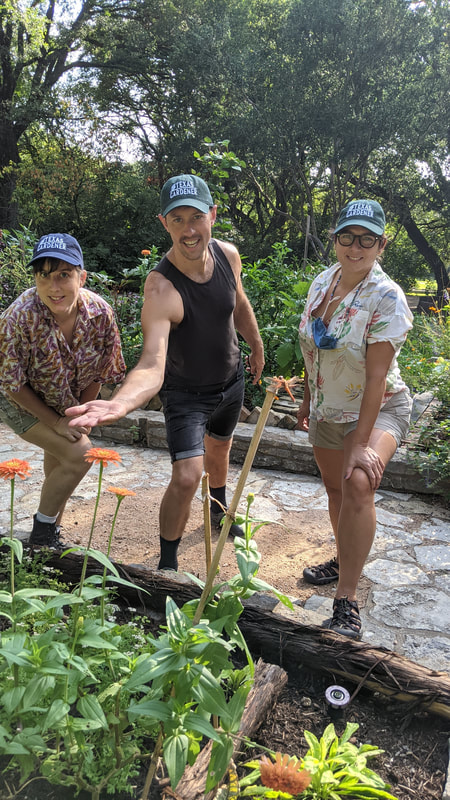
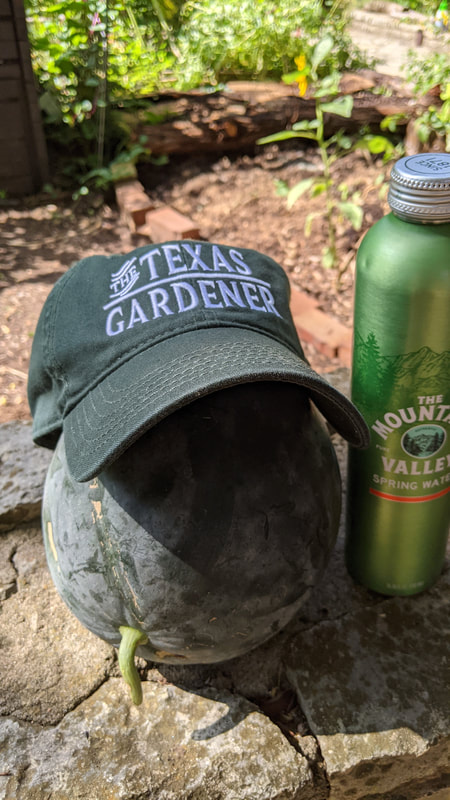
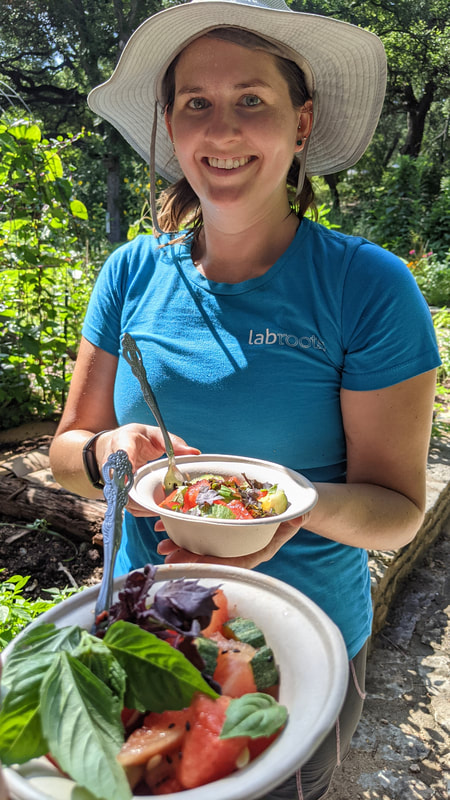
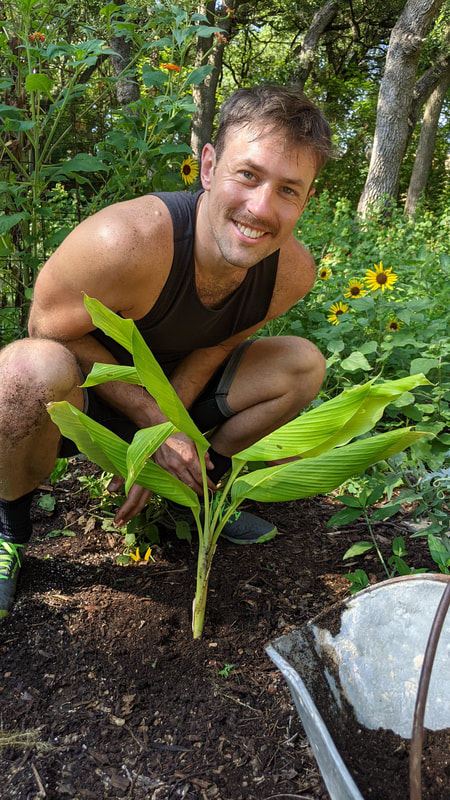
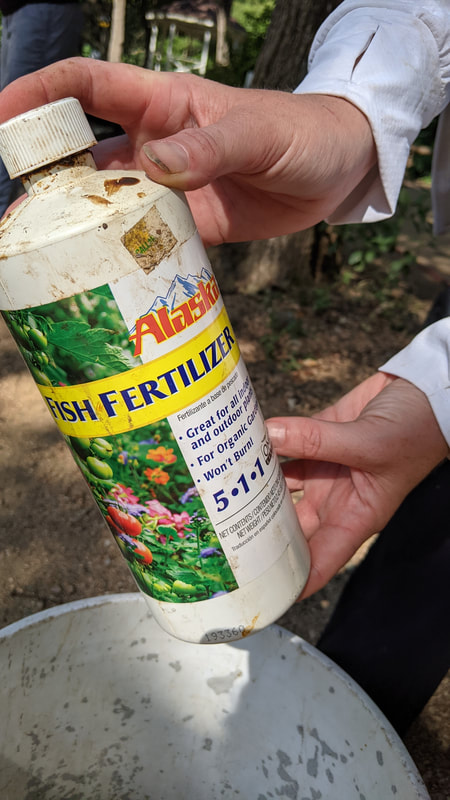
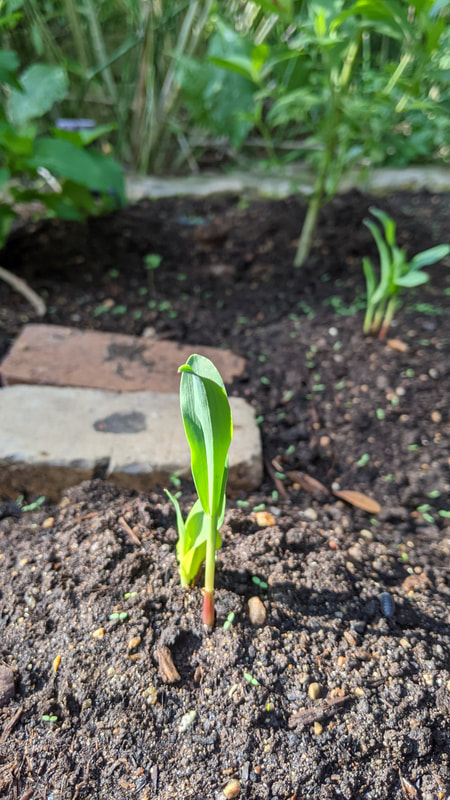
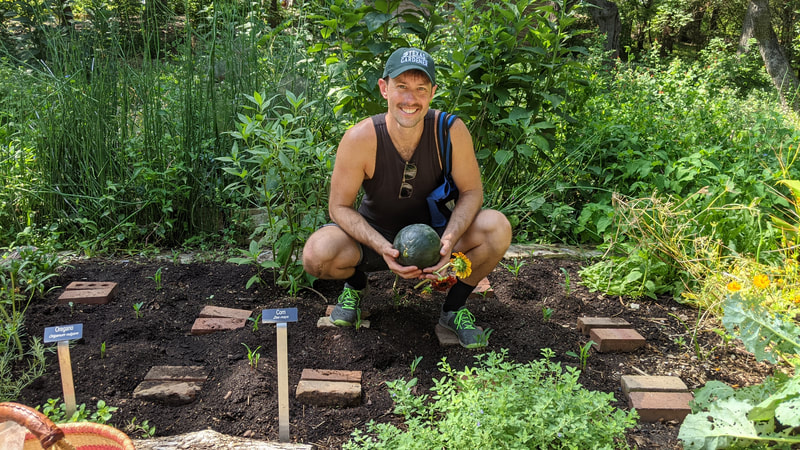
 RSS Feed
RSS Feed